10 Unmissable Historic Attractions and Sites in Vermont

Vermont doesn’t just wear its history—it lives in it. Tucked between mountain peaks and winding rivers are sites that tell the raw, unvarnished story of America’s past. From Revolutionary War battlefields to presidential homesteads and grand Gilded Age estates, each place on this list offers more than a scenic view; it gives you a direct line to the people, events, and ideas that shaped a nation. If you’re ready to go beyond the postcards and into the heart of real American history, these are the places you simply can’t miss.
1. Bennington Battle Monument

Here’s the thing about the Bennington Battle Monument: it’s more than a towering obelisk—it’s a tangible triumph of local resolve. Rising 306 feet above the rolling Vermont hills, this granite sentinel commemorates the turning point of the Revolutionary War in 1777. Visitors stroll through the adjacent museum to pore over period muskets, personal letters and maps that trace the clash between British forces and New England militiamen. Climb—or ride—the elevator to the observation deck for sweeping views of three states. It’s a moment that marries history and panorama, letting you stand where patriots once declared their independence in a very literal sense.
2. Mount Independence
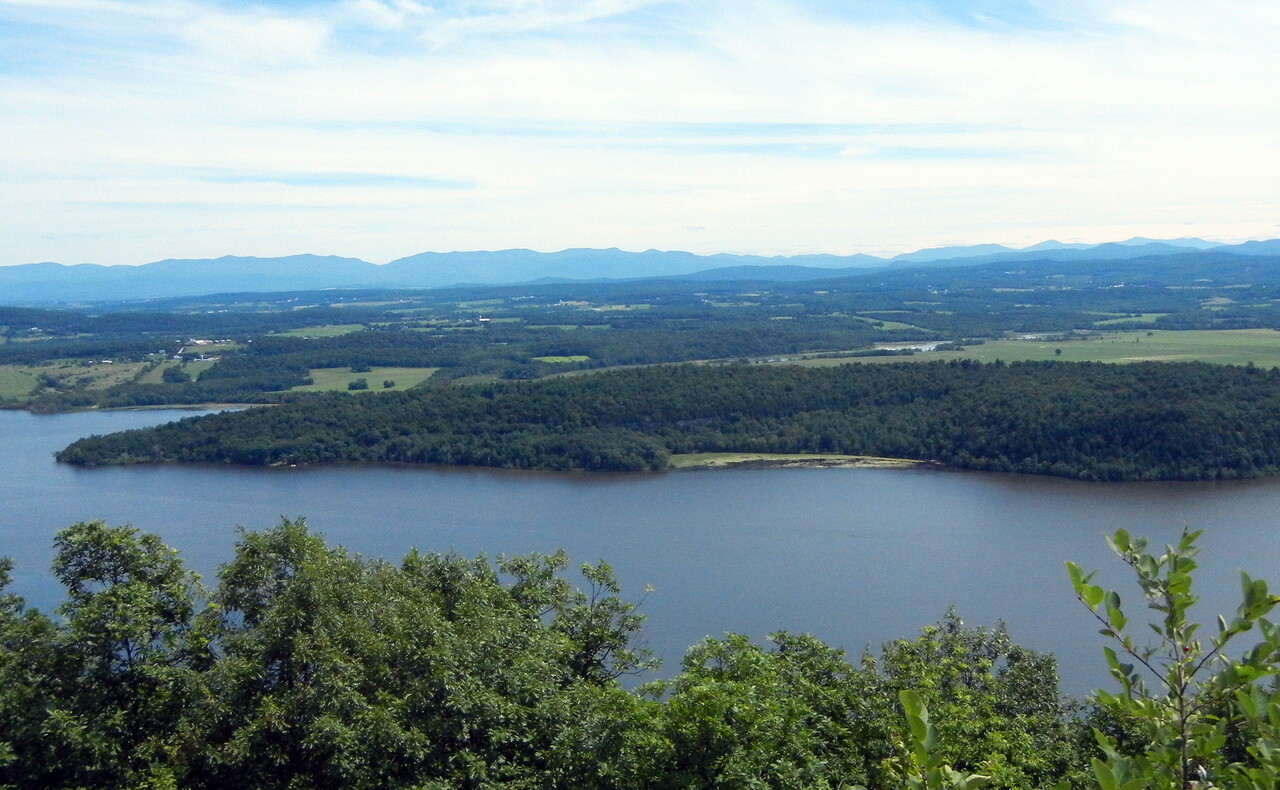
What’s striking about Mount Independence is its blend of military strategy and serene lakeside beauty. In the summer of 1776, American forces fortified this jutting promontory across Lake Champlain—turning tree stumps into breastworks and sawmills into supply depots. Today, more than three miles of interpretive trails weave through reconstructed battery positions, earthworks and reconstructed huts. Along the shoreline, you can almost hear the thud of cannon and chatter of soldiers as you follow interpretive panels. The site’s quiet woods, punctuated by stunning views of Vermont’s Green Mountains and New York’s Adirondacks, serve as a living classroom on colonial ingenuity and perseverance.
3. Chimney Point
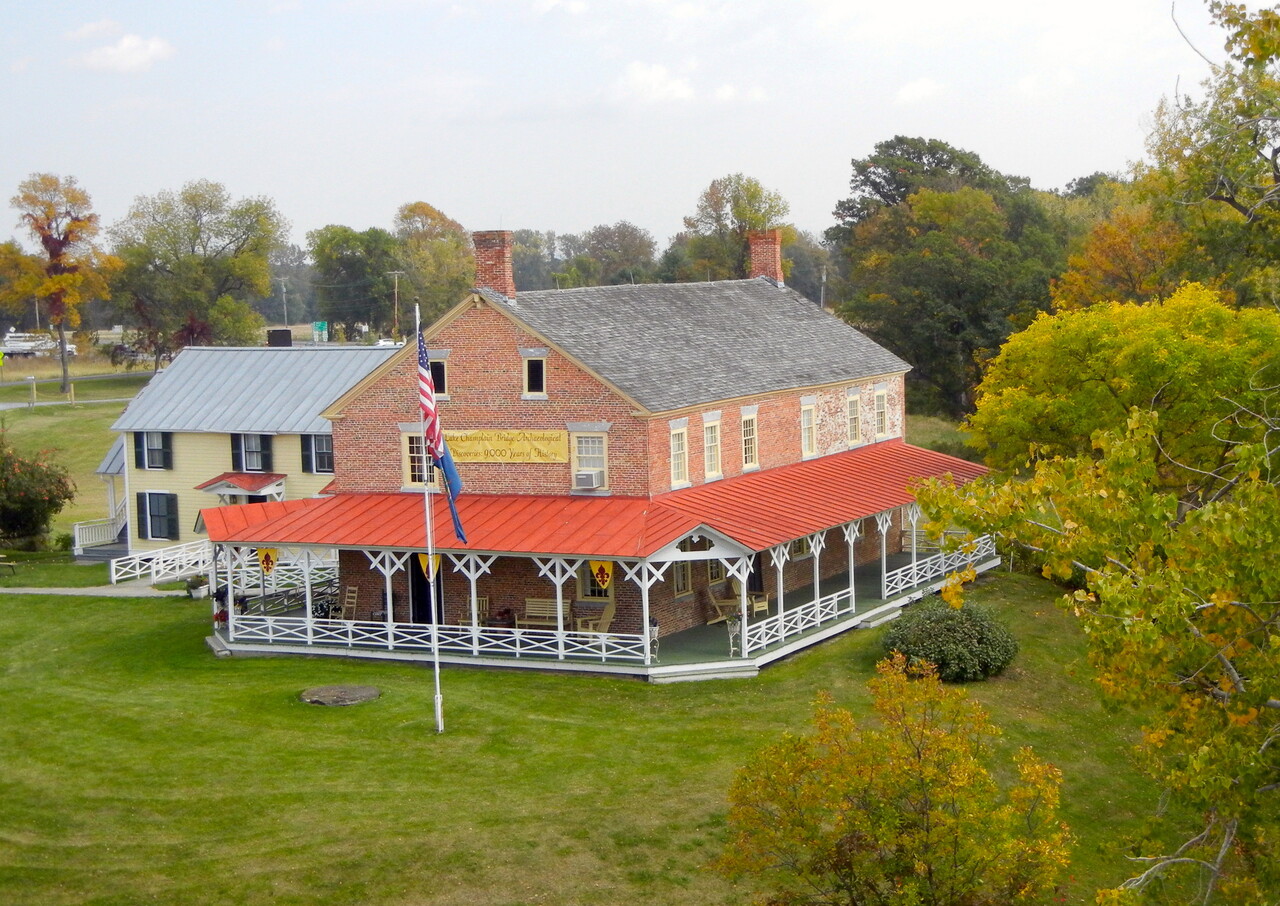
Here’s what makes Chimney Point special: it’s a riverbank storyteller stretching back 7,500 years. Archaeological digs have unearthed Indigenous artifacts, colonial taverns and 18th-century inns—all clustered around a solitary stone chimney. That lone chimney, the site’s namesake, once anchored a busy ferry landing connecting New Hampshire and New York. Today, the open-air museum presents timber-framed houses, replica docks and interactive displays that chart European settlement alongside Abenaki heritage. On summer weekends, costumed interpreters demonstrate cooking over open hearths, spinning wool and mending nets. Chimney Point transforms a simple stone relic into a multi-layered journey through human resilience and adaptation.
4. President Calvin Coolidge (Plymouth Notch)

What this really means is stepping into the boyhood home of America’s 30th president and encountering early 20th-century rural life preserved in amber. In Plymouth Notch, the Coolidge family’s white clapboard house, blacksmith shop, cheese factory and one-room schoolhouse sit exactly as they did when Calvin caught polio in 1919 and gave his impromptu inauguration speech in the family parlor. Guided tours wind through parlor furnishings and period photographs, while seasonal events reenact town meetings and vintage baseball games. You leave with a sense of how small-town values shaped a presidency and, in turn, American history.
5. Hubbardton Battlefield
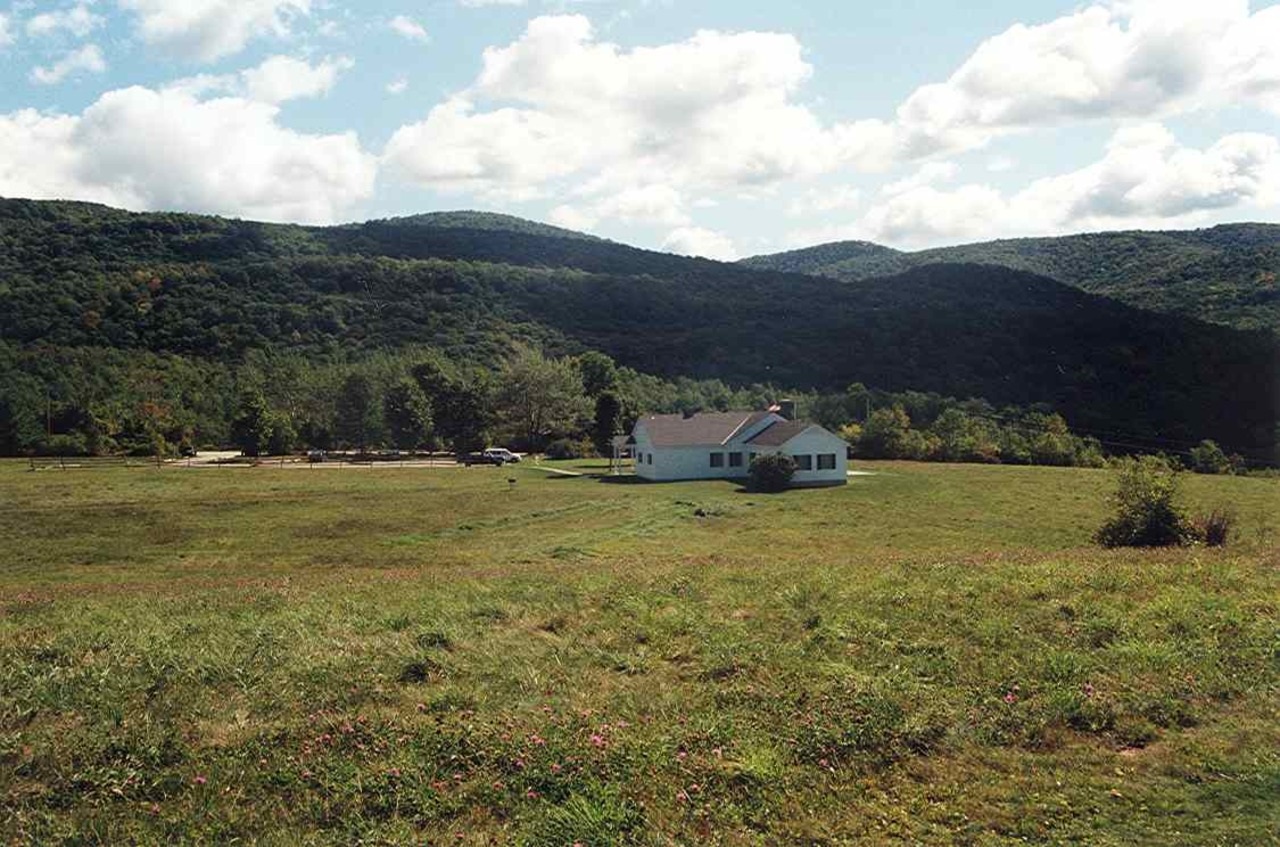
Let’s break it down: Hubbardton Battlefield is Vermont’s only Revolutionary War battlefield and a testament to chaotic retreats and valor under fire. On July 7, 1777, American forces, withdrawing from Fort Ticonderoga, paused here to delay a British advance. Today, marked trails trace the original artillery positions, rifle pits and muster fields across open farmland and shaded woodlands. Informational kiosks recount troop movements and personal accounts, while stone pillars denote key engagement points. Each summer, living-history weekends bring muskets and marching drills to life, immersing visitors in the smoky haze, disciplined orders and split-second decisions that defined the fight for independence.
6. Vermont State House (Montpelier)
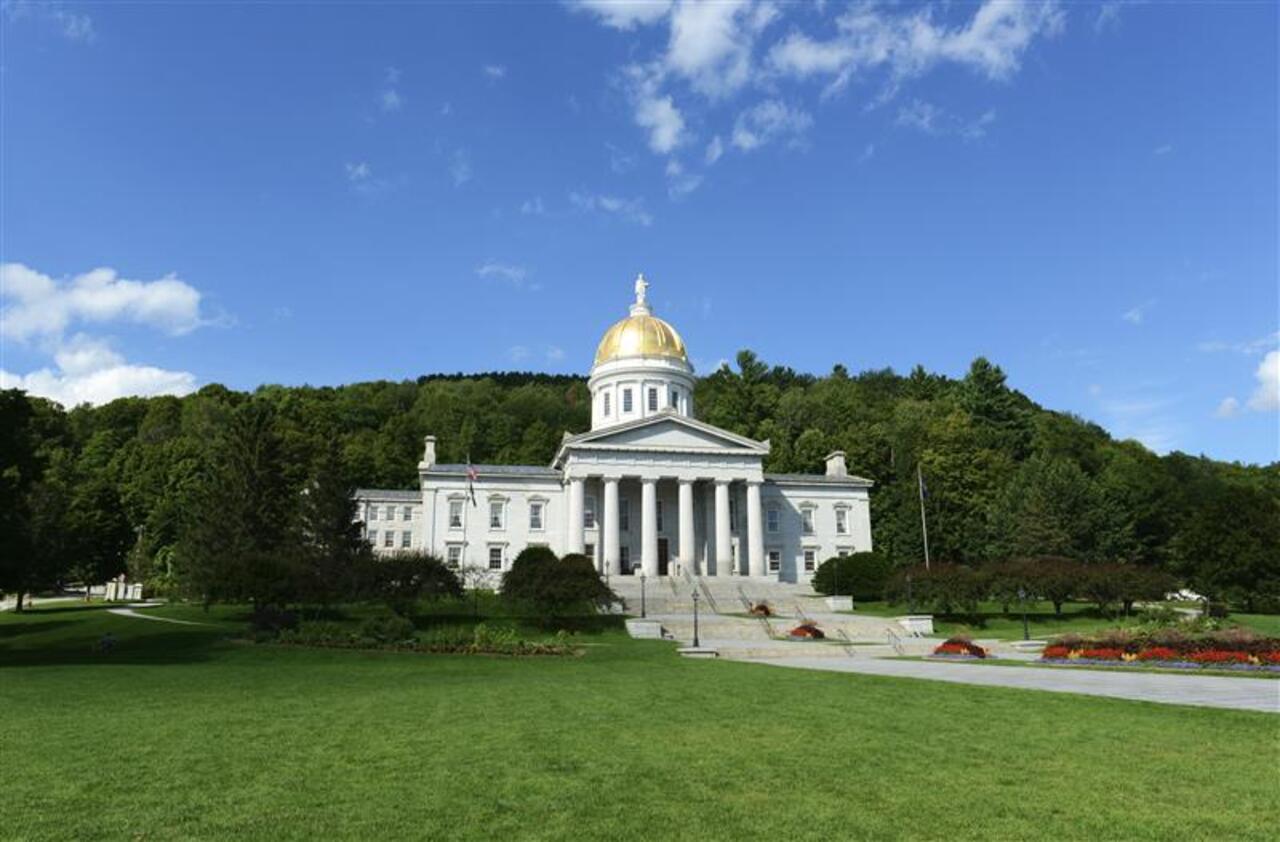
Here’s a unique take: Vermont’s State House is not just a seat of government but a living showcase of architectural pride and civic spirit. With its gleaming gold dome peeking over downtown Montpelier, the 1859 Greek Revival structure features marble sourced from across New England and hand-carved frescoes that celebrate Vermont’s rugged landscape. Inside, the large central hall leads to the historic House and Senate chambers, where visitors can witness live legislative sessions. Docents highlight art, period furnishings and ornate stained-glass windows bearing the state seal. Guided tours often include a chat with the current lieutenant governor or a peek into secret restoration projects tucked away behind the grandeur.
7. Ethan Allen Homestead
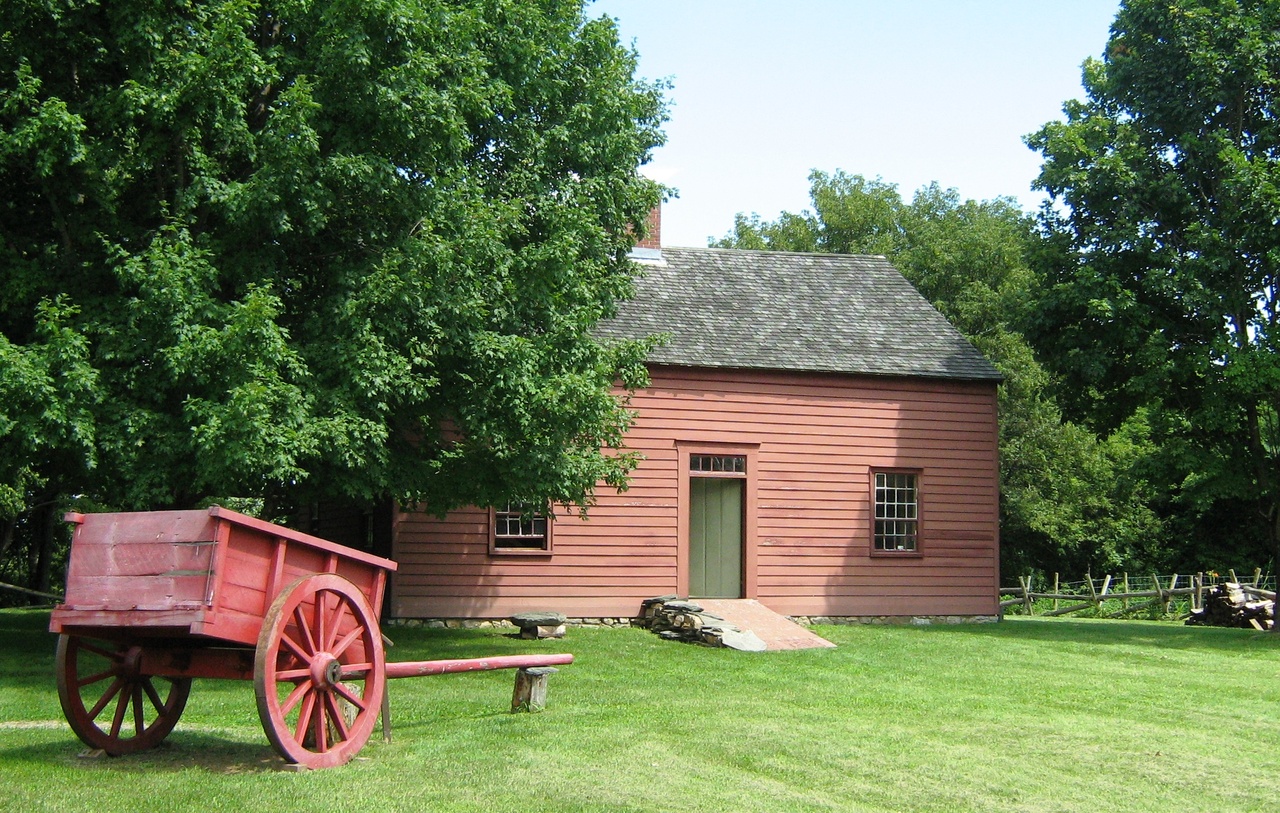
What’s compelling about the Ethan Allen Homestead is how it anchors you in the life of a frontier icon. Set on nine acres of riverside woodland in Burlington, this modest stone-and-timber house was home to the Green Mountain Boys’ fearless leader in the 1780s. Inside, original hewn-beam construction and homemade furniture whisper stories of Allen’s daring capture of Fort Ticonderoga and his vision for Vermont’s independent republic. Nature trails wind through maple stands and over a sparkling creek, inviting reflection on the rugged terrain that forged revolutionary ambitions. Seasonal lectures and reenactments offer deeper glimpses into Allen’s military tactics and political sagacity.
8. Shelburne Farms
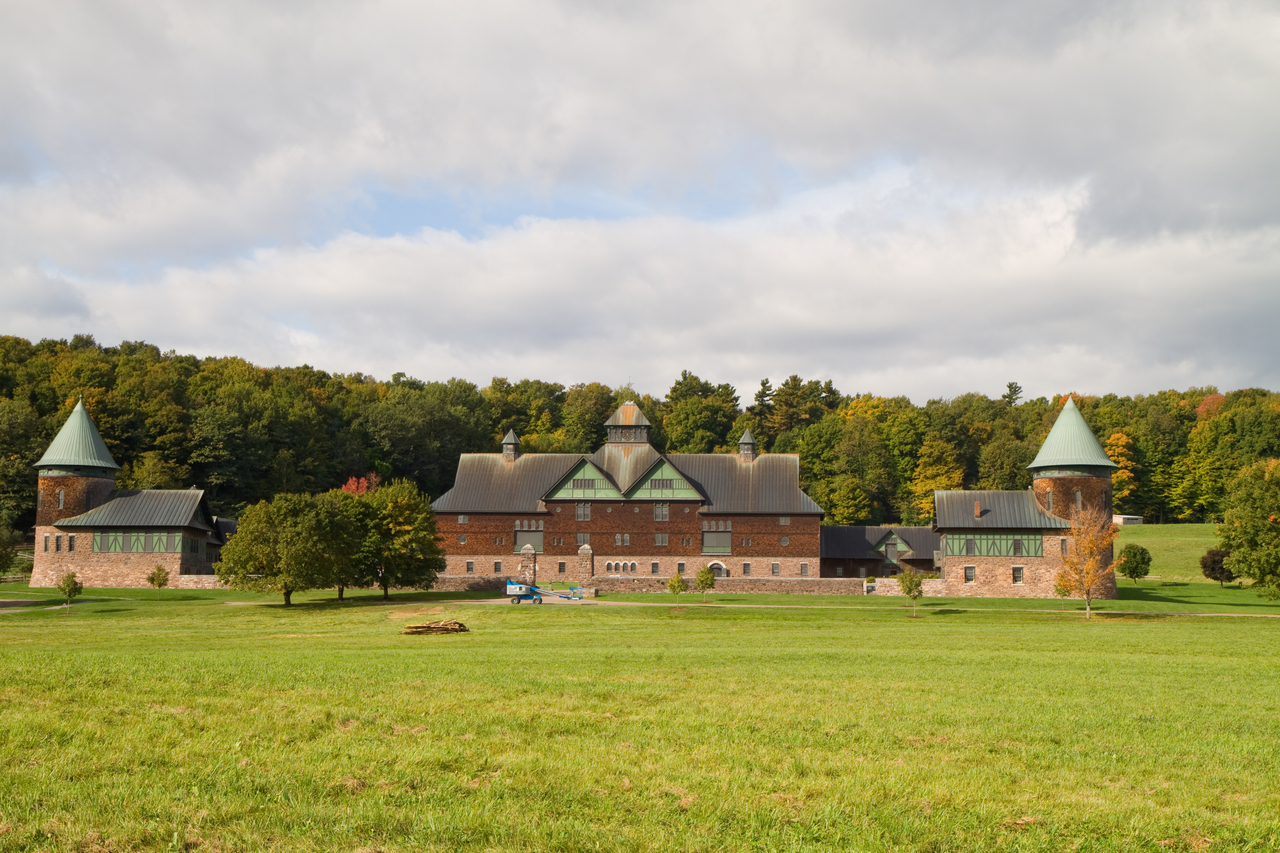
Here’s the thing about Shelburne Farms: it’s where Gilded Age elegance meets sustainable agriculture. Founded in 1886 by William Seward Webb and his wife, Lila Vanderbilt Webb, this 1,400-acre estate on Lake Champlain once entertained railroad tycoons in its grand, turreted mansion. Today, the property operates as a nonprofit farm and educational center. The restored barns, dairy operations and walking trails showcase organic practices, heirloom orchards and wildlife habitats. Tasting sessions let you sample farmstead cheese and fresh honey, while guided tours of the Victorian greenhouse and lakeside gardens reveal the Webbs’ vision of conservation long before it became a modern mantra.
9. Billings Farm & Museum (Woodstock)
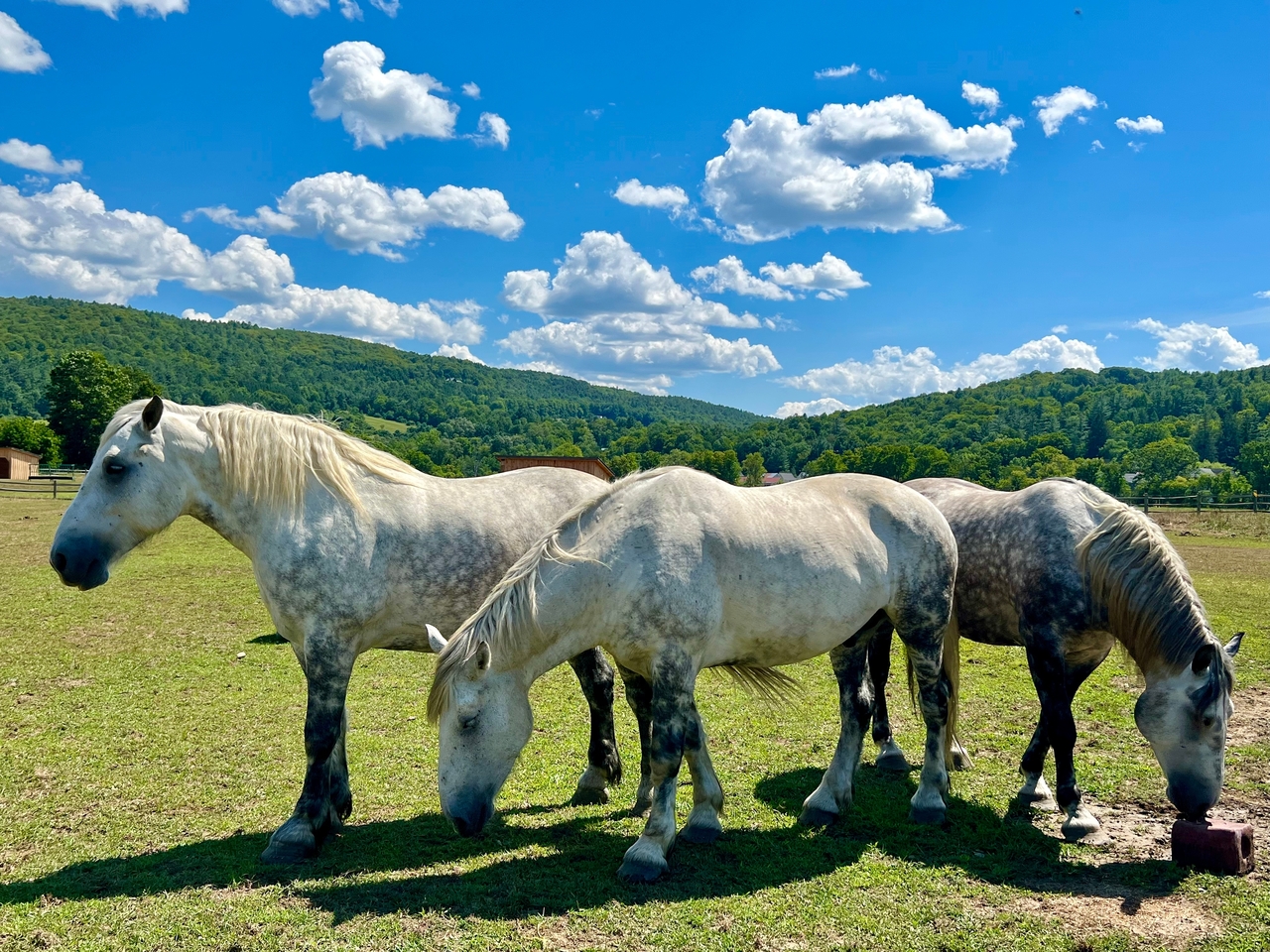
What makes Billings Farm & Museum stand out is its hands-on portrayal of Vermont’s agricultural heritage. Established in 1871 by Frederick Billings, this working dairy farm in Woodstock continues to raise Jersey cows and grow seasonal crops using traditional methods. The adjacent museum’s galleries feature farm implements, carriage collections and interactive exhibits on rural life in the 19th and early 20th centuries. During harvest season, you can drive a team of draft horses, churn butter by hand or help with maple tapping. Amid the pastures and woodlands, panoramic views of the Marsh-Billings-Rockefeller National Historical Park underscore how conservation and agriculture have long been intertwined here.
10. Hildene, Lincoln Family Home

Here’s why Hildene feels like stepping into a presidential summer retreat: it’s the Georgian Revival mansion of Robert Todd Lincoln, son of Abraham Lincoln, perched above the Connecticut River. Completed in 1905, the house boasts hand-painted ceilings, ornate woodwork and early 20th-century mechanical marvels such as a copper-paneled elevator and coal-fired hot-air heating. Extensive gardens—including a four-acre sunken garden—surround the estate, and heirloom orchards produce cider used in seasonal events. Guided tours dive into the Lincoln family’s private lives and the estate’s mission in land conservation, reflecting Robert Lincoln’s dedication to preserving both his father’s legacy and Vermont’s natural beauty.